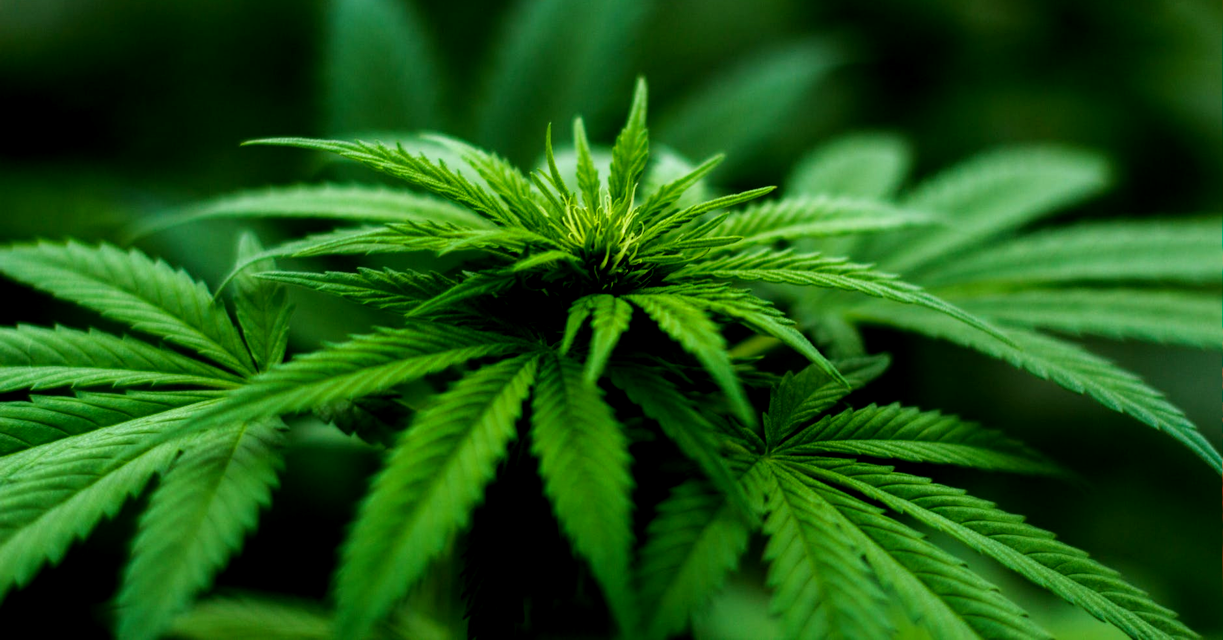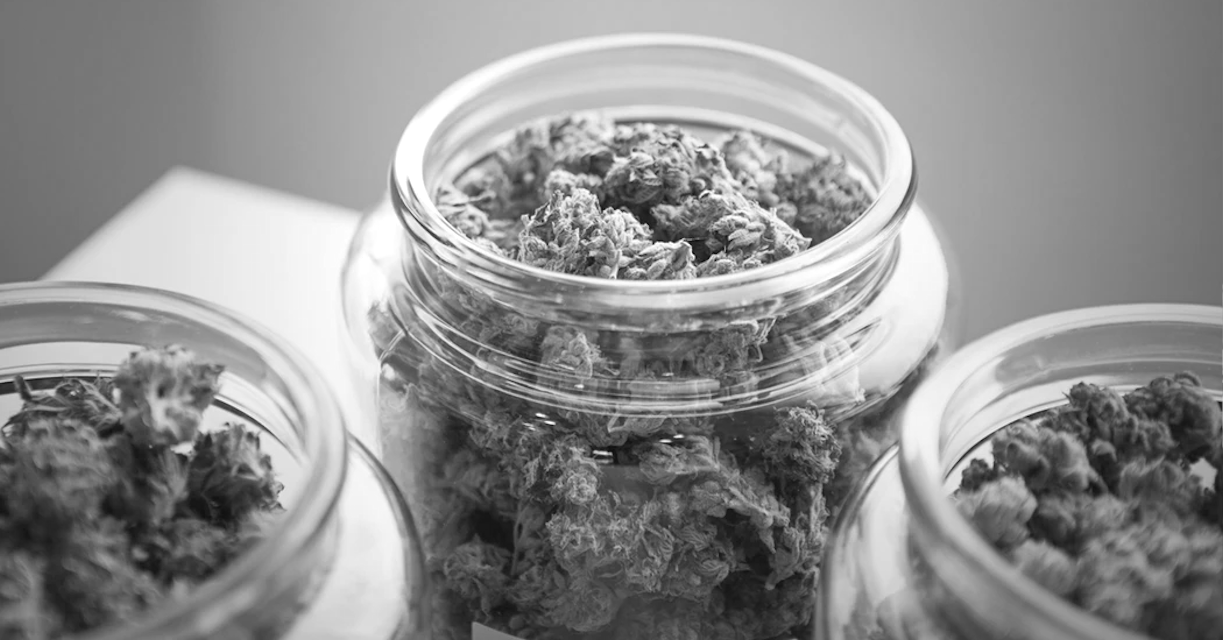


Photo: Pexels
Marijuana, also known as cannabis or pot or weed or hashish or whatever else you want to call it (there are apparently more than a thousand names), has a long history of human use. Hashish (the purified form of cannabis smoked in the Middle East) is perhaps the oldest known community use case, tracing all the back to 800 AD. In the United States, marijuana wasn’t used for recreational purposes until the 1900s when Mexican immigrants introduced it into the American culture. When the Great Depression led to the Prohibition Era, it was no surprise that marijuana was classified into the list of prohibited intoxicants in many states. Soon this escaladed to the federal level and before anyone knew it marijuana was a controlled substance.

Photo: Unsplash
It wasn’t until 1996 that California became the first state to legalize marijuana for certain medical use. But it took another ten years before it was legalized for recreational use in California in 2016. California is, however, not the first state to legalize recreational marijuana, the first to legalize it were Colorado and Washington in 2012. As of January 1st, 2020, marijuana is legal for recreational use in 11 states, as shown in the Recreational Marijuana, Legality map below. Recreational marijuana is also legal in the District of Columbia, the Northern Mariana Islands, and Guam. Marijuana possession or use is, however, still illegal under federal law.
Like gambling, recreational marijuana has become a major tax revenue item for some states, as shown in the Recreational Marijuana, Taxes map below. In 2018, 7 out of the 10 states where marijuana was legal for recreational purposes in the year collected over a billion dollars combined in sales taxes. Washington and Colorado, the states that legalized marijuana first, saw 319 million dollars and 266 million dollars, respectively, in tax revenue in 2018 alone while California saw 300 million dollars in tax revenue in the same year from recreational marijuana sales. But, where exactly do these tax dollars end up?
In Colorado, the marijuana tax cash fund, which receives the largest share of cannabis-related revenue, must be used for health care, health education, substance abuse prevention and treatment programs, and law enforcement. But, a good portion of the tax revenue also goes to funding its public-school system. Washington allocates a large portion of its marijuana tax dollars to substance-abuse education and treatment programs. However, an even larger portion goes to help the state pay for its share of Medicaid. In California, the lofty goals of Prop. 64 like drug abuse prevention, public safety, protecting the environment and economic development remain only partially fulfilled. It is a bit hazy regarding how much money if any will go into some or all of these programs. But one thing is clear, the states have got it somewhat right. The tax revenue from recreational marijuana sales should be used to help the harmed and for drug abuse prevention and treatment. Hopefully, there will be more transparency into how the tax dollars are used, but this is a good start indeed!

Photo: CDC
Mapystics Visualizations are interestingly interactive, information rich, live updating, aesthetically appealing and highly responsive. Embed or share one right away!

© Mapystics LLC All Rights Reserved.
Terms of Use | Privacy Policy | Cookie Policy | Disclaimer
info@mapystics.com